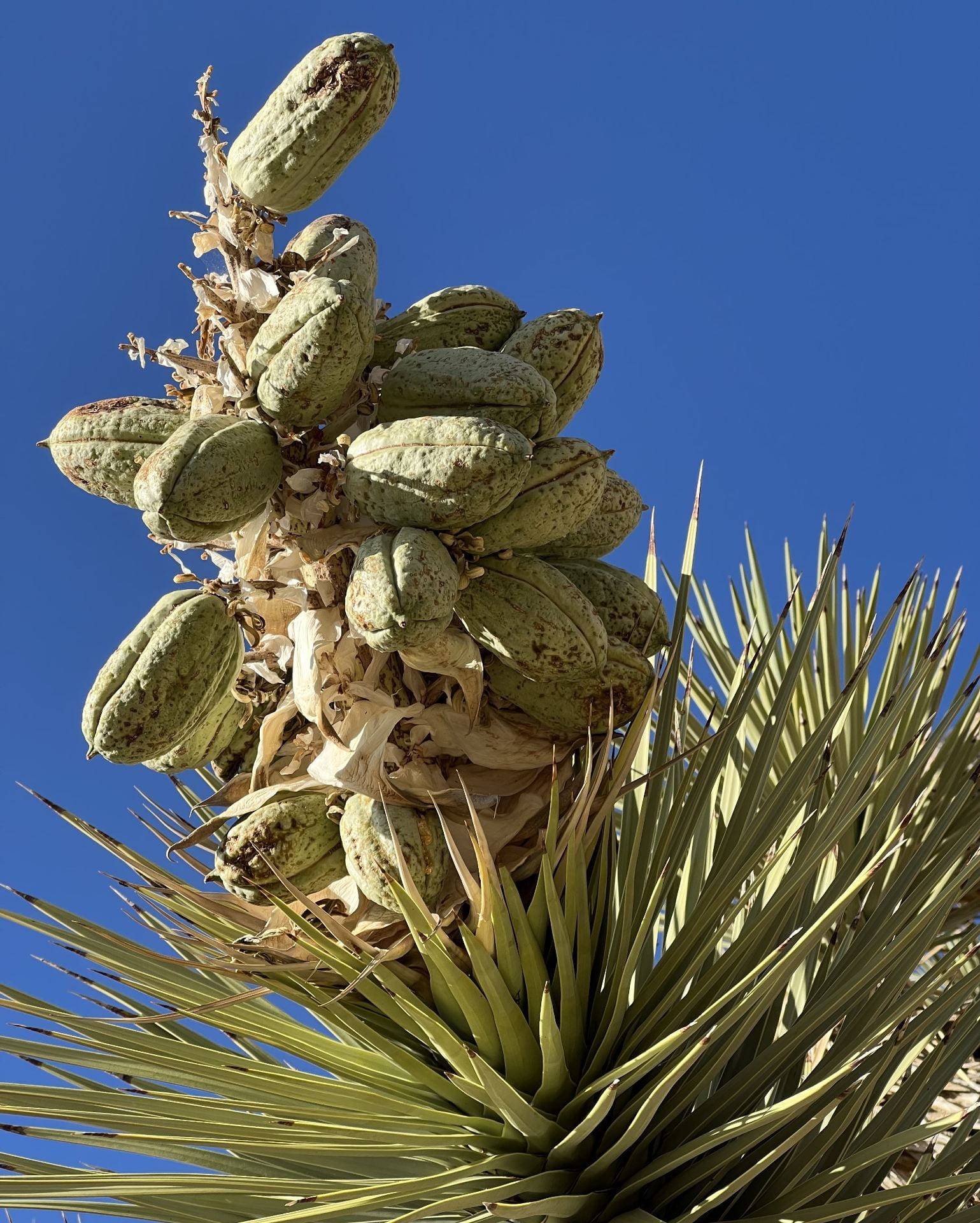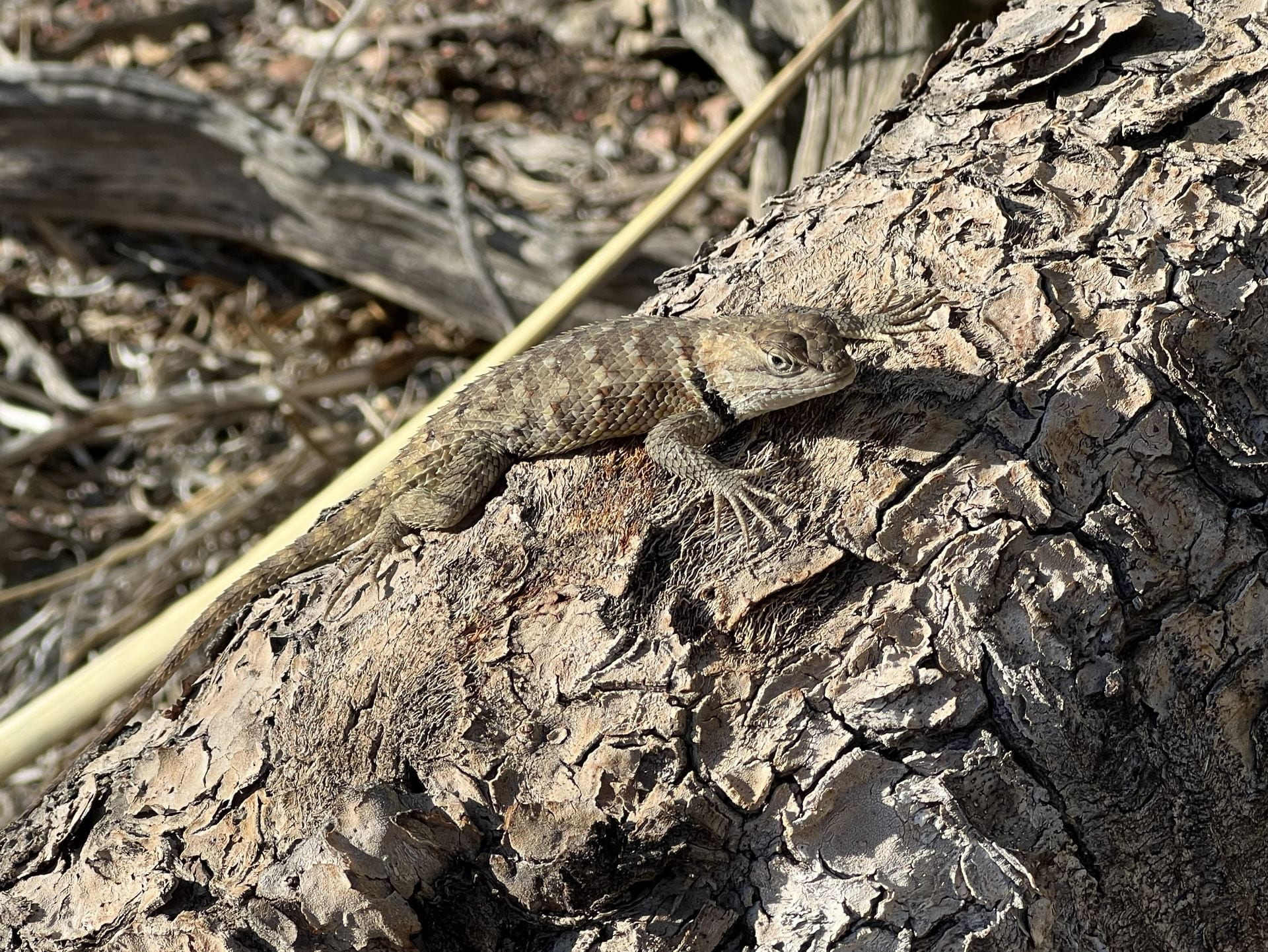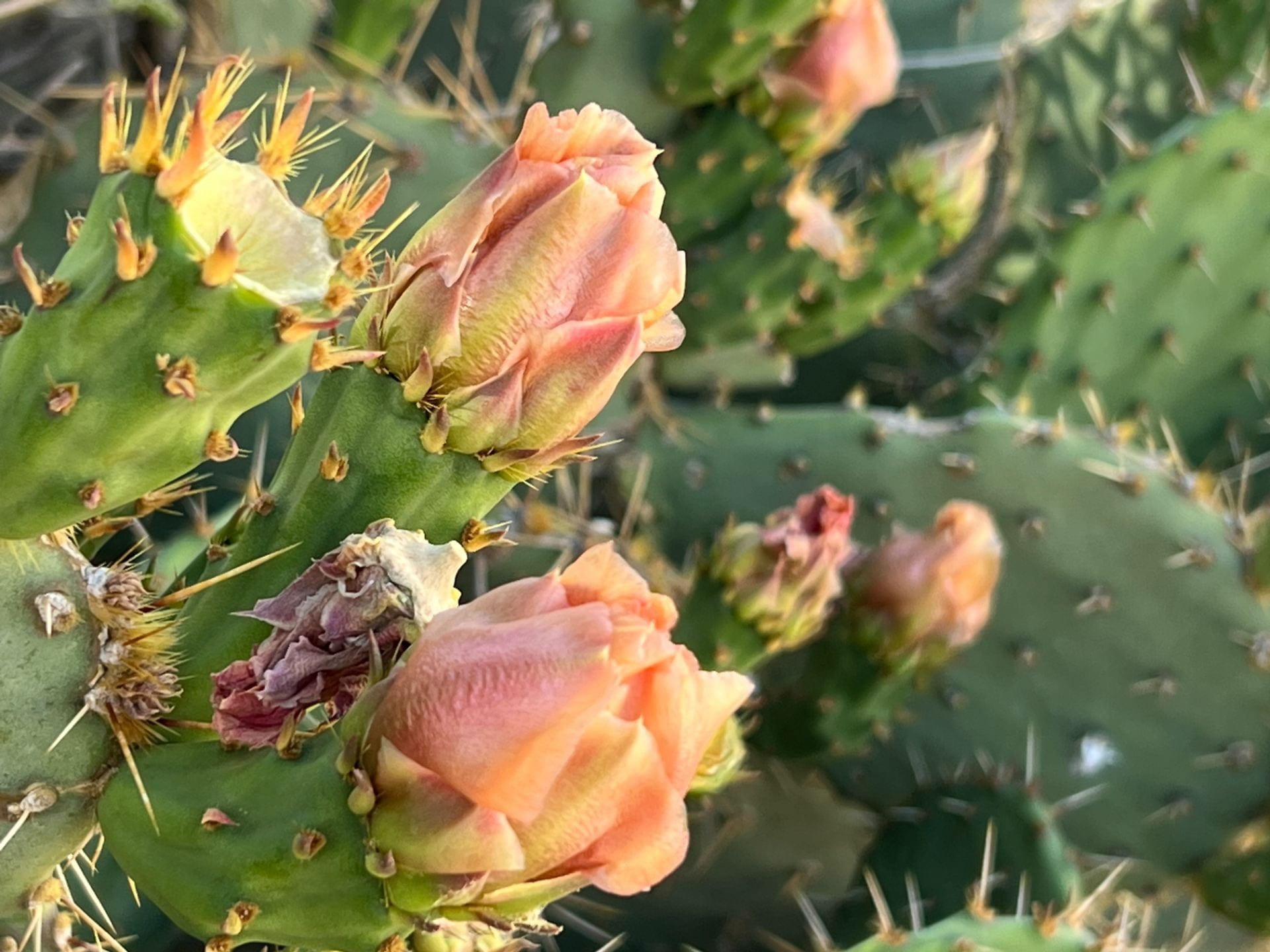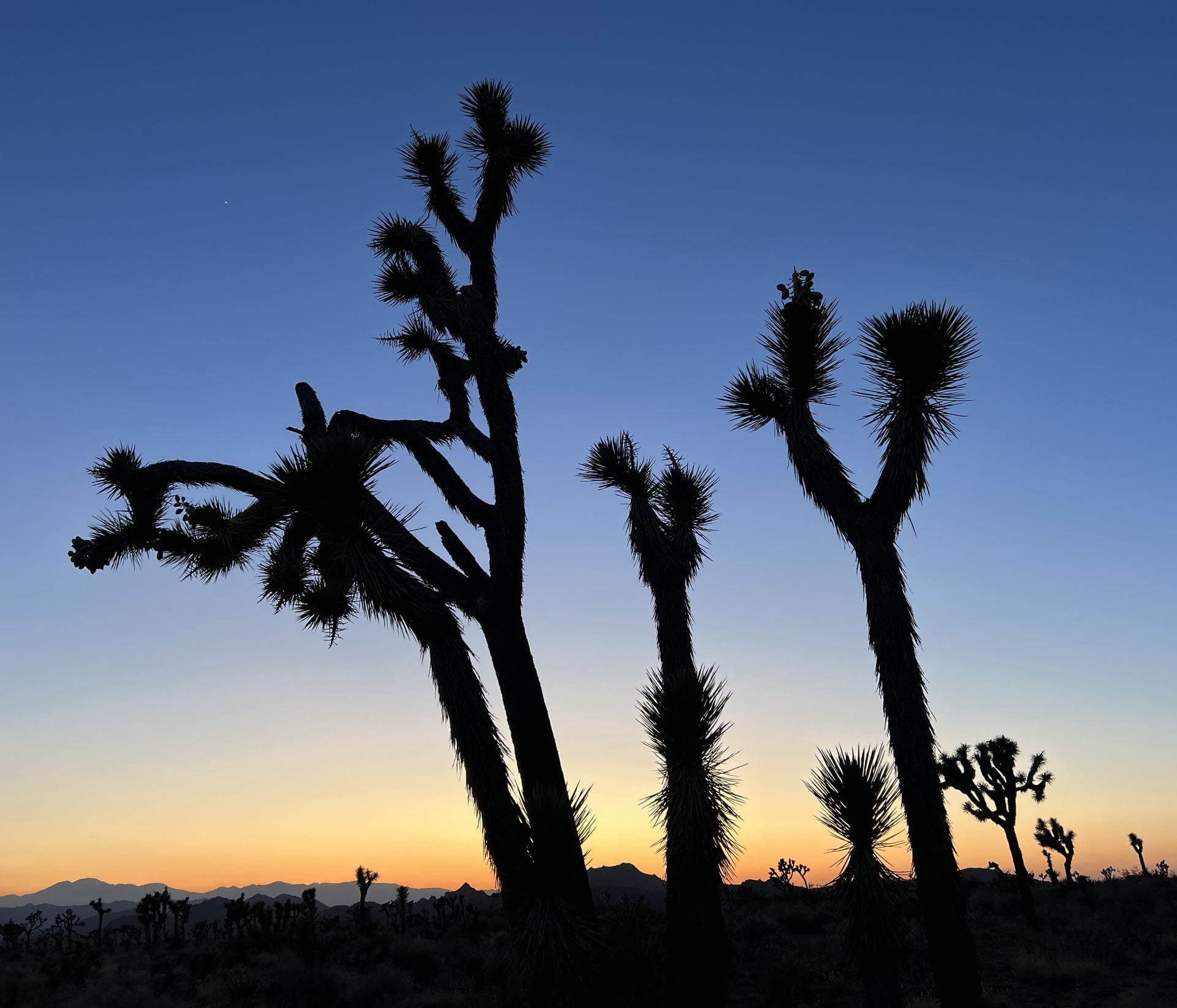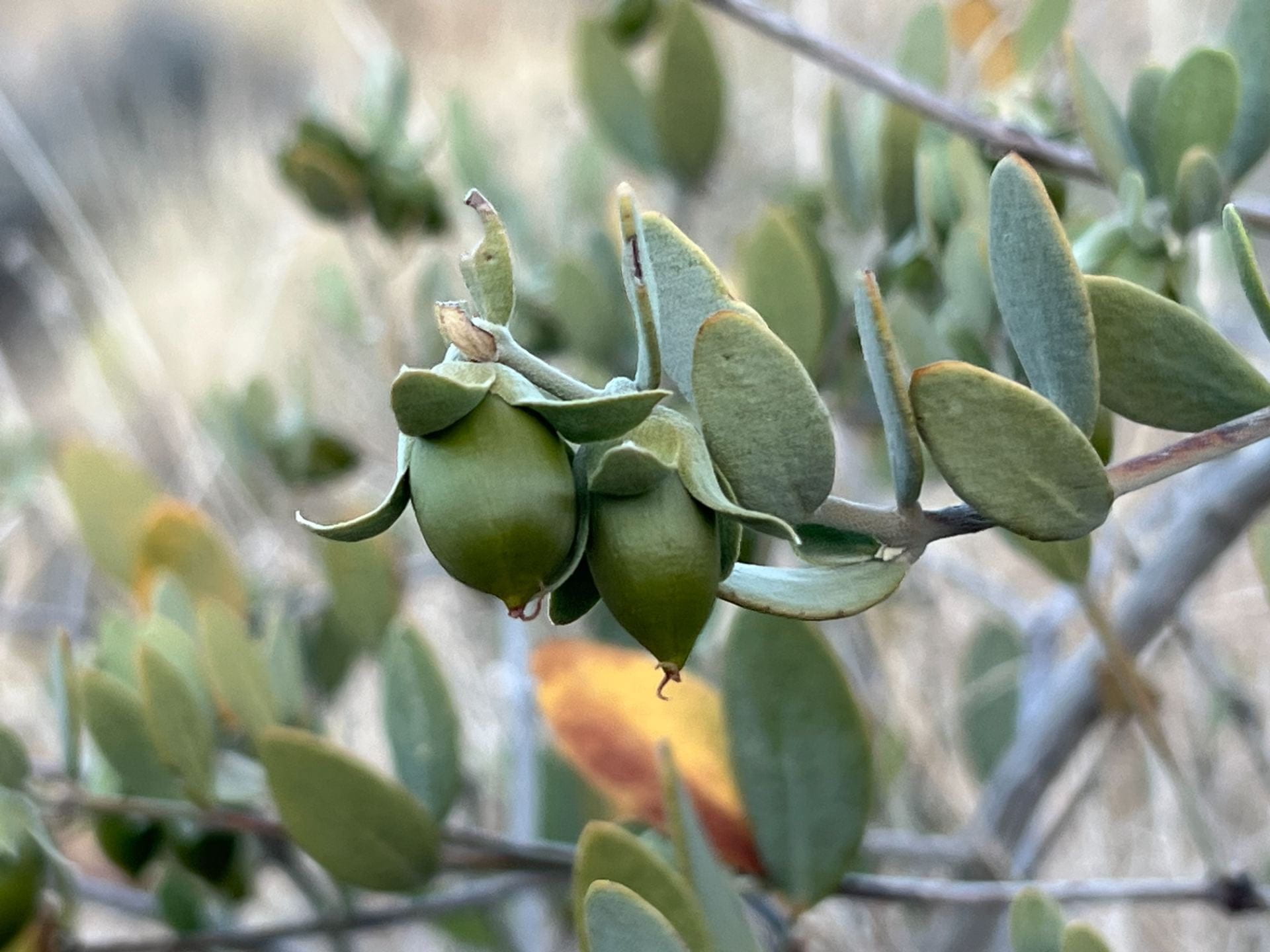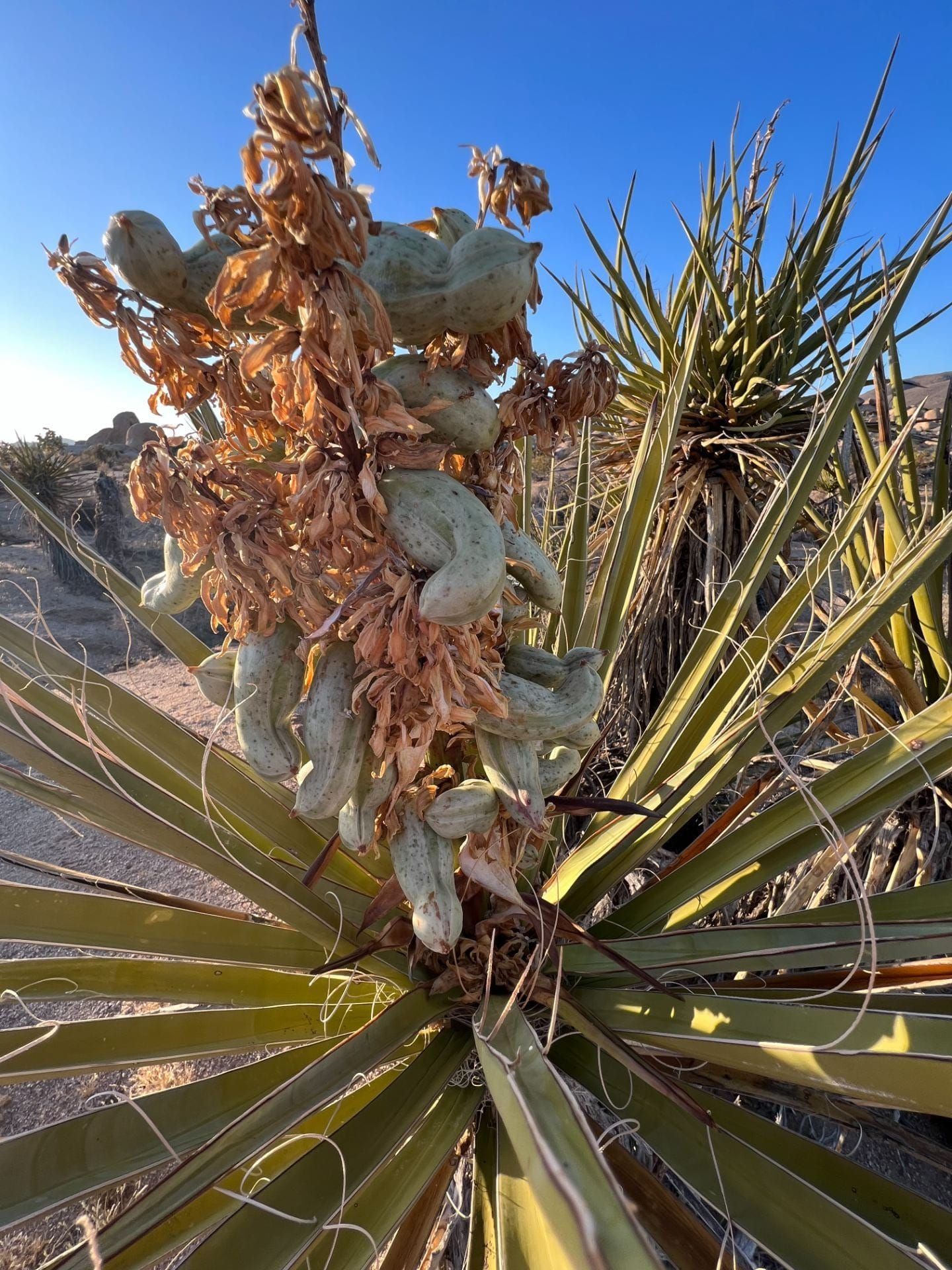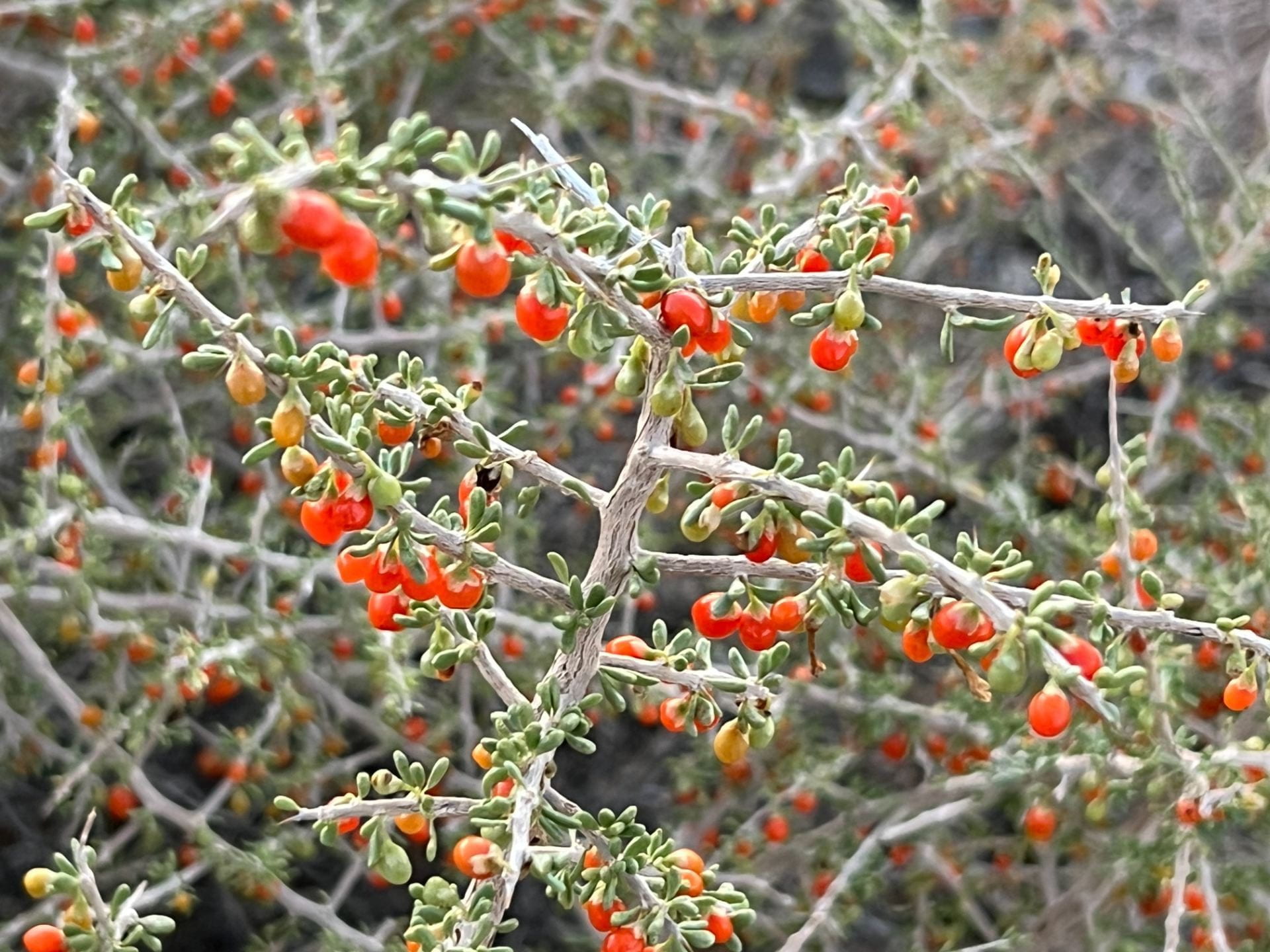Forager Folklore Bibliography
Information Resource Patch
The Forager Folklore Bibliography is a curated list of hunter-gatherer story collections that can be used to generate samples for cross-cultural studies of oral narrative and associated phenomena. Others may find it helpful for locating, accessing, and/or reconstructing Indigenous traditions that have been attenuated or lost as a result of colonial practices and policies.
“When our Indigenous stories were hidden from the rest of Canada, they were also hidden from other Indigenous people. Sharing our stories with other Indigenous people is always a treat. Even though we have different cultures, or are from different areas, we have so much in common. We always want to see how other people do things, especially when their lands and waters are similar to our own.”
—Ossie Michelin (2021)
Photo by Michelle Scalise Sugiyama
The collections in the Forager Folklore Bibliography comprise stories that were documented among forager, forager-horticulturalist, and forager-pastoralist peoples. These stories were collected at a time when traditional hunting, fishing, and gathering activities were still practiced, or had been practiced within the living memory of older group members; a handful of these collections include more recent retellings of traditional stories that have survived into the present. Some stories were narrated in the local language and then translated into English, while others were narrated in English. Most collections consist of free translations, but in some cases both literal and free translations are provided.
Most of the stories were collected by professional scholars or scientists, such as anthropologists and ethnolinguists. Some were collected by government administrators or missionaries who interacted closely with the communities they served and developed a deep appreciation for their intellectual culture. All were collected for educational purposes. For-profit collections of bowdlerized retellings were excluded from the bibliography.
Photo by Michelle Scalise Sugiyama
Photo by Michelle Scalise Sugiyama
The bibliography uses the organizational schema developed in the 1967 Ethnographic Atlas, which divides the world into six main geographic regions: Africa, the Circum-Mediterranean, East Eurasia, the Insular Pacific, North America, and Central and South America. Each of these regions is further subdivided into named and numbered “culture clusters.” These are areas of closely related cultures that speak related languages and/or occupy similar habitats.
The majority of collections in the bibliography are from North American cultures. This is because both the Ethnographic Atlas and folklore collections in English are biased toward North American forager groups. This bias notwithstanding, the cultures represented in the bibliography are ecologically diverse, encompassing littoral, riparian, desert, savanna, woodland, montane, taiga, and tundra biomes, and arctic, sub-arctic, temperate, sub-tropical, and tropical regions.
Photo by Michelle Scalise Sugiyama
Photo by Michelle Scalise Sugiyama
Some ethnonyms used in the Ethnographic Atlas are rejected as pejorative or otherwise inappropriate by the groups they refer to. Others are exonyms and thus do not reflect the name used by the people to refer to themselves. To prevent confusion, the ethnonyms used in the Ethnographic Atlas have been retained in the Forager Folklore Bibliography. However, where applicable, preferred autonyms are noted in parentheses.
Readers are warned that some story collections may express views on ethnicity that were current at the time of publication but are not accepted today. While these views are upsetting, it is nevertheless the case that they are part of the historical record. Talking Stories takes the position that to ignore history is to risk repeating the mistakes of the past. Moreover, these outdated views are belied by the knowledge and artistry exhibited in hunter-gatherer oral narrative. As testaments of the richness of forager literature, science, and philosophy, these stories constitute works of enduring scholarly value that interrogate antiquated Western notions of “civilization.”
Photo by Michelle Scalise Sugiyama
Photo by Michelle Scalise Sugiyama
The Forager Folklore Bibliography is an open access resource (OER) licensed under CC-BY-NC-ND 4.0. This Creative Commons license permits the downloading, application, and sharing of content so long as the user gives author attribution and does not modify the content or use it commercially. “Application” includes use of the bibliography to generate study samples.
